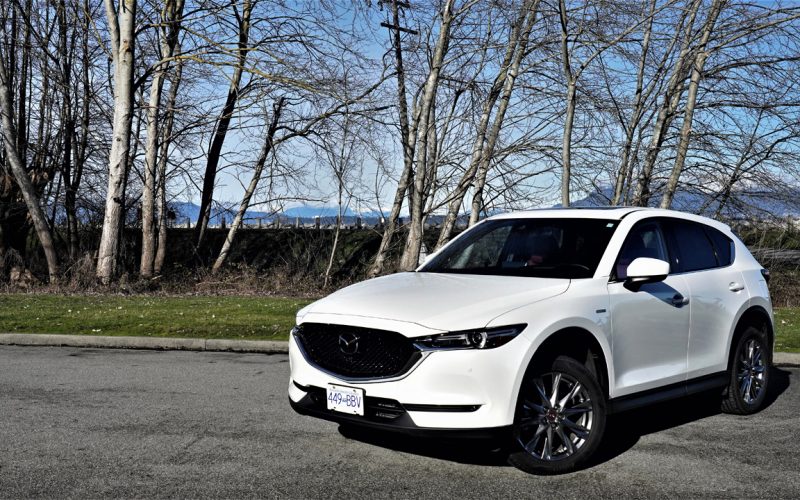
Reading Time: 9 minutesHas Mazda really been around 100 years? The independent Japanese brand celebrated its centenary this year,
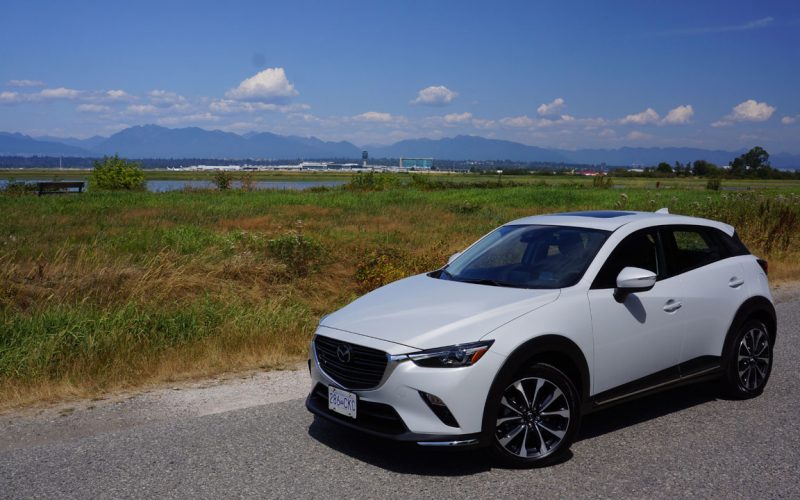
Reading Time: 11 minutesWhen the CX-3 arrived in May of 2015 as a 2016 model, there were 13 rivals
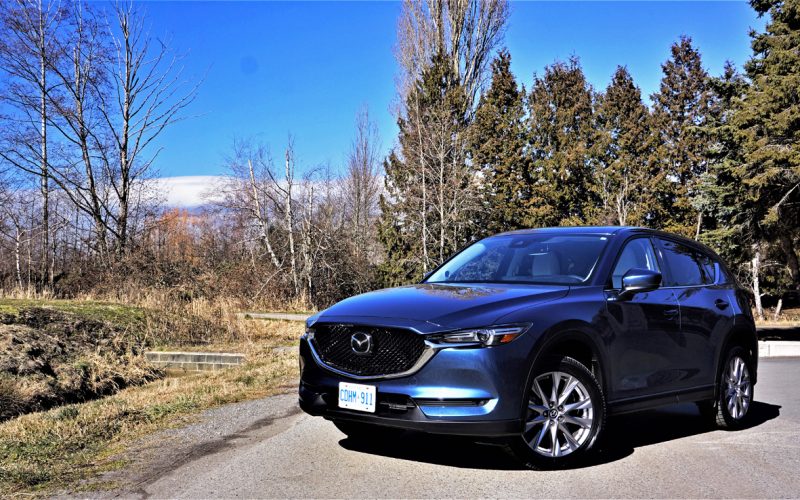
Reading Time: 11 minutesMazda is doing a good job of taking its brand as close to premium territory as
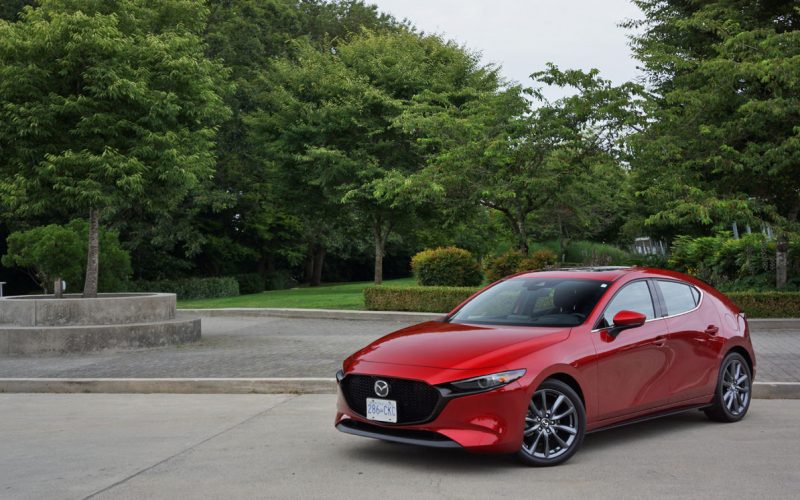
Reading Time: 13 minutesAfter first driving the all-new 2019 Mazda3, I would’ve immediately said it was by far the
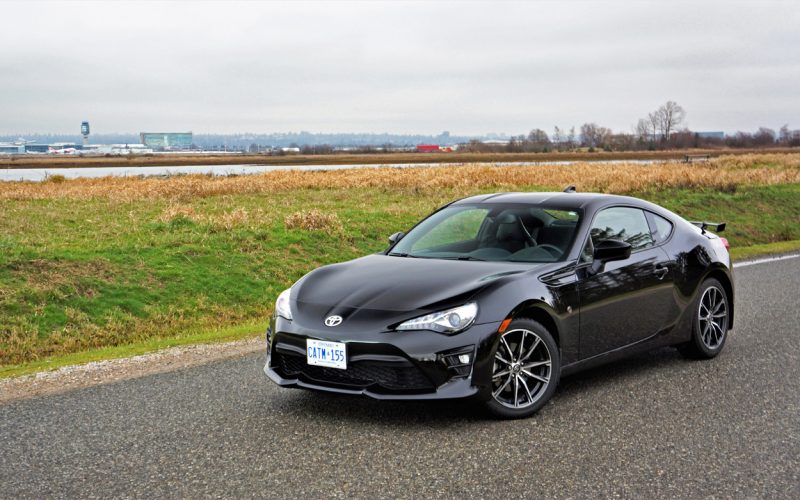
Reading Time: 11 minutesHold on. Subaru’s BRZ now outsells the Scion FR-S… er… the Toyota 86 by 2.5-to-one? What’s
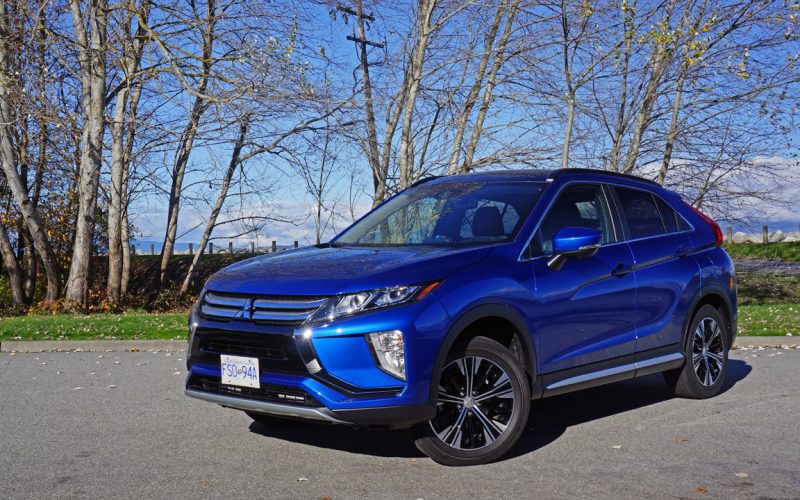
Reading Time: 13 minutesI’m not sure how I feel about the name that Mitsubishi chose for its new compact
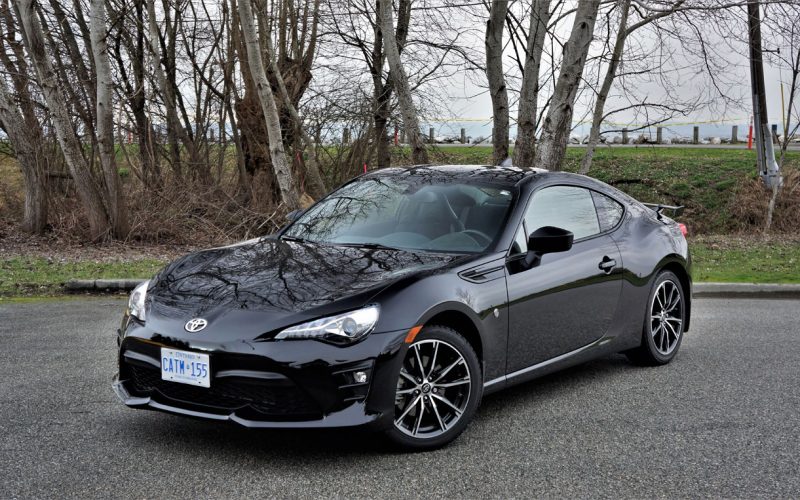
Reading Time: 3 minutesToyota’s 86 hasn’t changed much since being refreshed for 2017 as part of its Scion FR-S
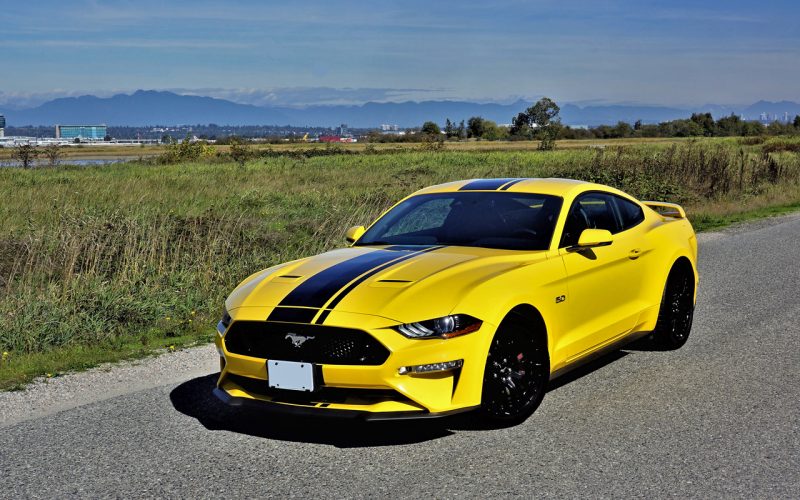
Reading Time: 12 minutesYou’re looking at the only car in Ford’s lineup not scheduled for cancellation within the next
© 2025 The Car Magazine. All Rights Reserved, Privacy Policy | Terms of Use